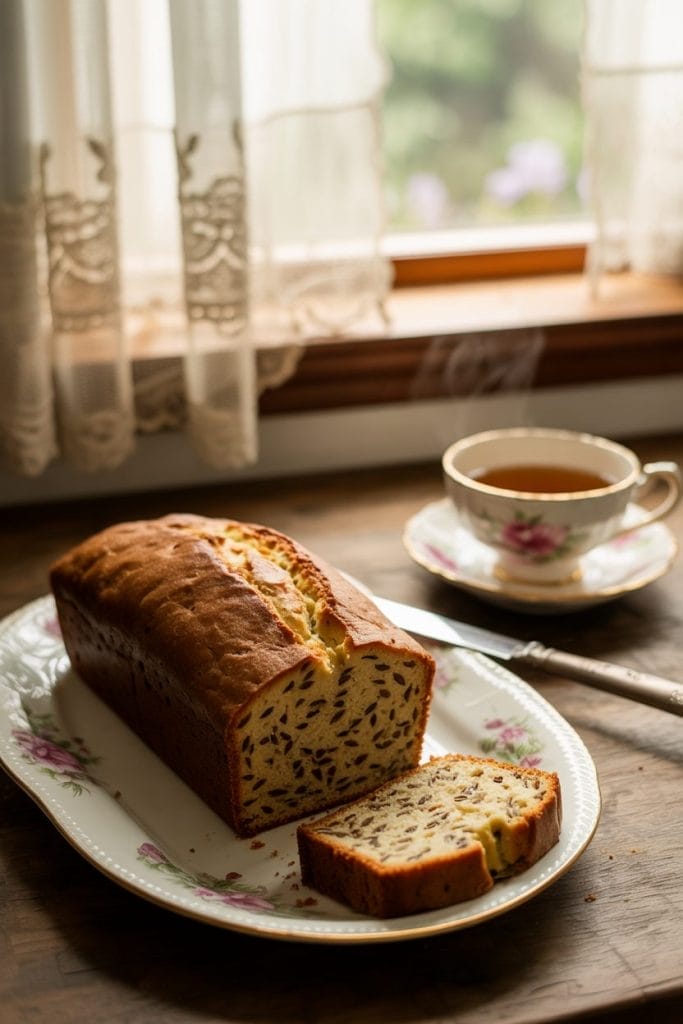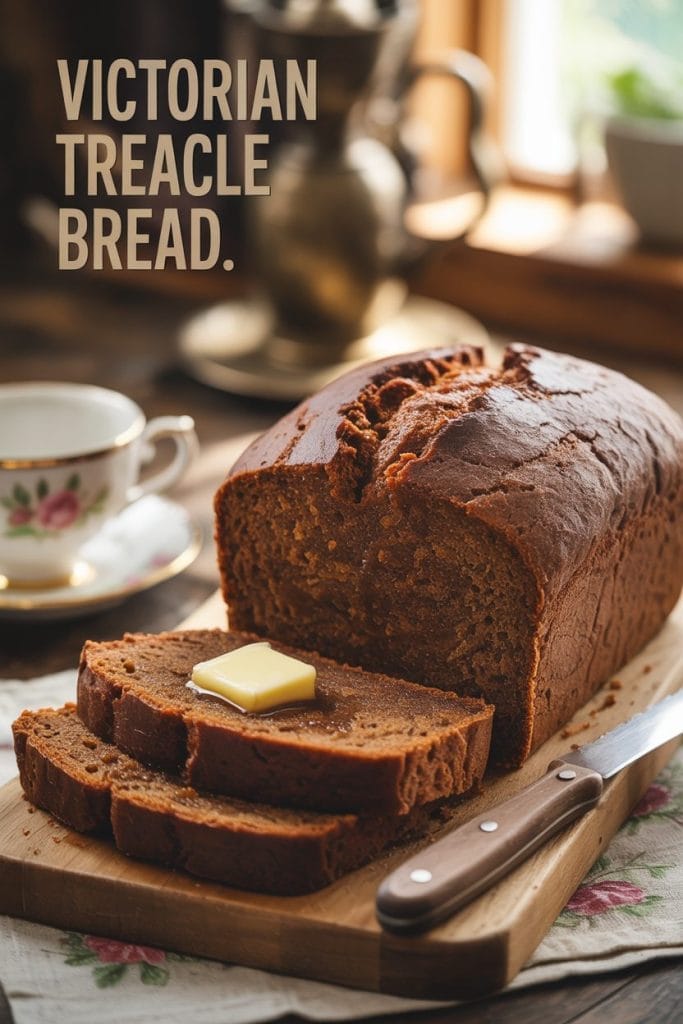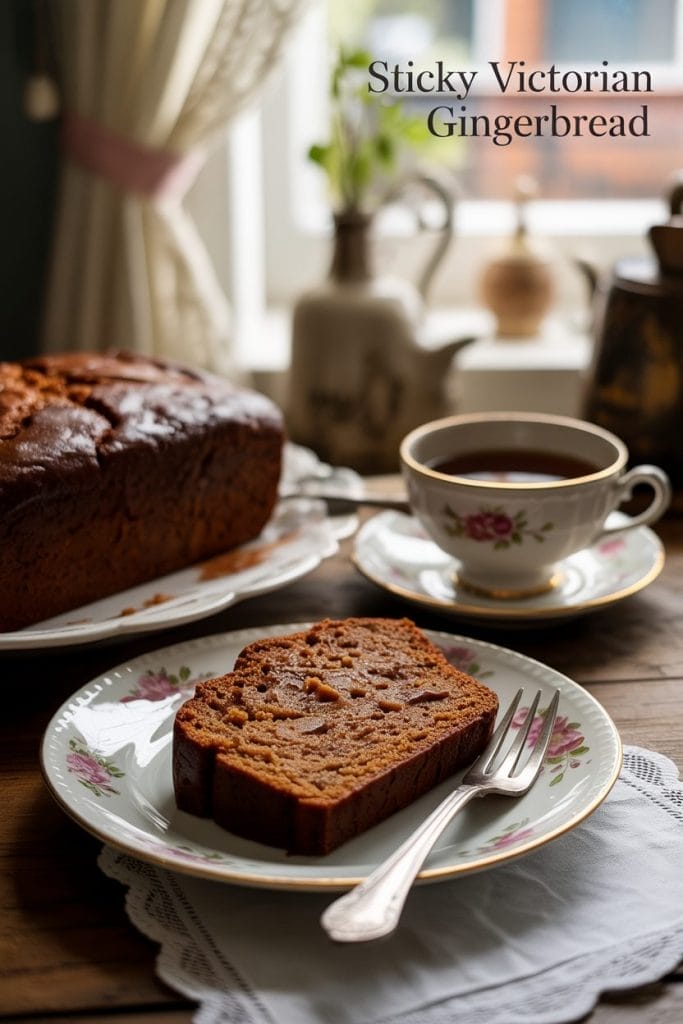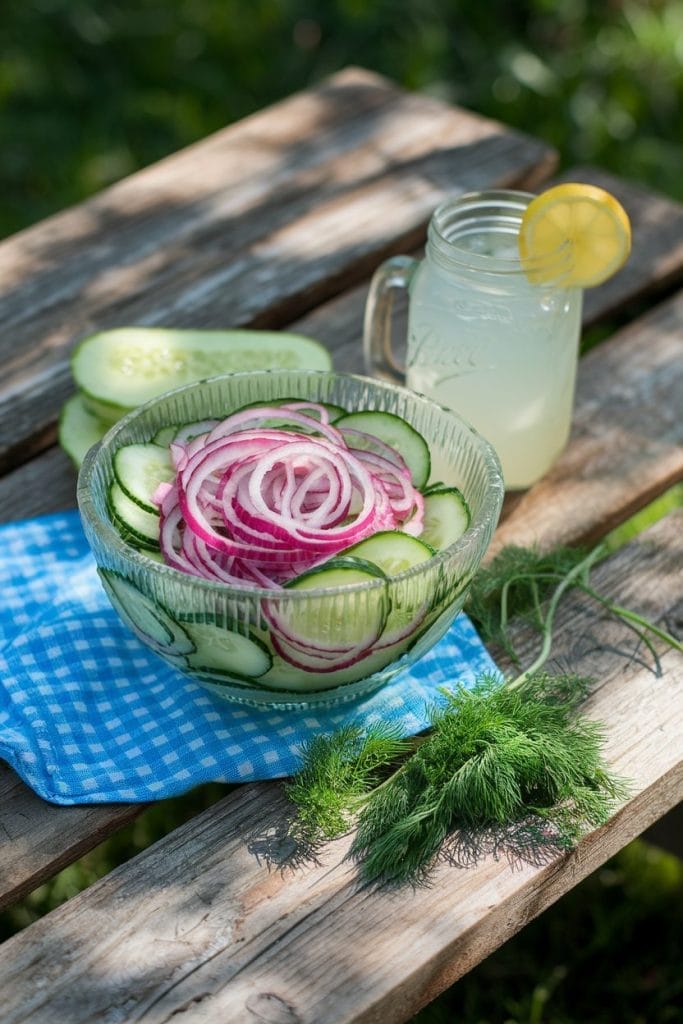Home > Single Recipes > Hearty Venison Stew Just Like the Colonists Made It
Last Updated: April 7, 2025
I Made These FREE Vintage Recipe Tools JUST For You
This recipe was created with help from AI tools and carefully reviewed by a human. For more on how we use AI on this site, check out our Editorial Policy. Classic Fork earns a small commission from Amazon and other affiliate links at no extra cost to you, helping us keep our content free and honest.
Hearty Venison Stew Just Like the Colonists Made It
Time Period:
Meal Type:
Cooking Time: 2 hours
Prep Time: 25 minutes
Total Time: 2 hours 25 minutes
Servings: 6
Calories: 380 kcal per serving
Back when refrigeration wasn’t a thing and you had to hunt for your supper, stews were lifesavers. This venison stew is thick, rich, and slow-cooked just like folks did in the colonial kitchens. It’s packed with deep flavors and simple ingredients that warm you up from the inside.
If you’ve got a chunk of venison and a chilly evening ahead, this is what you want simmering on the fire (or your stove).

What Would You Cook in Wartime?
Step back in time and discover what you could make with limited wartime rations
History
Colonial kitchens didn’t have much in terms of spices or fancy tools. But they had game meat, root vegetables, and iron pots. Stews were a staple because they made tough cuts tender and could feed the whole household.
Venison was common in early America—especially for settlers living near the woods. They’d toss in potatoes, carrots, onions, and herbs they grew or foraged. Everything went into one pot over a fire and cooked low and slow for hours.
This stew sticks to that rustic, honest style—just with a bit more control over the flame.
Equipments
- Large cast iron pot (This one is gorgeous) or Dutch oven (This one is gorgeous)
- Wooden spoon (Love environmet & style? Get this bamboo spoon set)
- Sharp knife (Chefs envy this knife set)
- Cutting board (My favorite cutting board set)
- Measuring spoons
- Ladle (This wooden ladle is great)
Ingredients
- 2 pounds venison (cut into 1-inch cubes)
- 3 tablespoons flour
- 2 tablespoons animal fat or butter
- 1 large onion (chopped)
- 3 cloves garlic (minced)
- 3 carrots (sliced thick)
- 3 potatoes (cubed)
- 2 celery stalks (sliced)
- 4 cups beef or bone broth
- 1 cup water
- 2 bay leaves
- 1 teaspoon dried thyme
- 1/2 teaspoon dried rosemary
- Salt and black pepper to taste
- Optional: 1 tablespoon cider vinegar (adds a nice touch of tang)
Instructions

Step 1: Brown the Meat
Toss venison cubes in flour with a bit of salt and pepper. Heat fat in your pot. Brown the meat on all sides. Do this in batches so you don’t overcrowd the pot. Set aside.
Step 2: Sauté the Aromatics
In the same pot, throw in chopped onions, garlic, and celery. Cook until they start to soften and smell real good—about 5–6 minutes.
Step 3: Add Root Veggies
Toss in the carrots and potatoes. Stir it around so everything gets a bit of that leftover meat flavor.

Step 4: Bring It All Together
Put the browned venison back in. Pour in broth and water. Add bay leaves, thyme, rosemary, and cider vinegar if using. Give it a big stir.
Step 5: Simmer Slowly
Lower the heat to low. Cover and simmer for 1.5 to 2 hours. Stir now and then. Make sure the meat gets fork-tender and the broth thickens up.
Step 6: Final Taste Test
Taste the stew. Adjust with more salt or pepper if needed. Pull out the bay leaves. Serve hot with crusty bread or spoon it into a bowl and eat it like they did 300 years ago—without fuss.
Special Notes
- If you don’t have venison, beef stew meat works too, but you’ll miss the wild flavor.
- Colonial stews didn’t use tomatoes or sugar. Keep it earthy.
- Let it rest 10 minutes before serving. The flavors deepen as it cools a bit.
- Leftovers taste even better the next day.
Nutrition
- Calories: 380
- Protein: 34g
- Carbs: 20g
- Fat: 18g
- Fiber: 4g
- Sodium: 480mg

Maggie Hartwell
Hi there, I’m Maggie Hartwell, but you can call me Maggie—the apron-clad foodie behind Classic Fork! I created Classic Fork because I’m convinced food has a way of telling stories that words can’t. So, grab a fork and dig in. The past never tasted so good!






